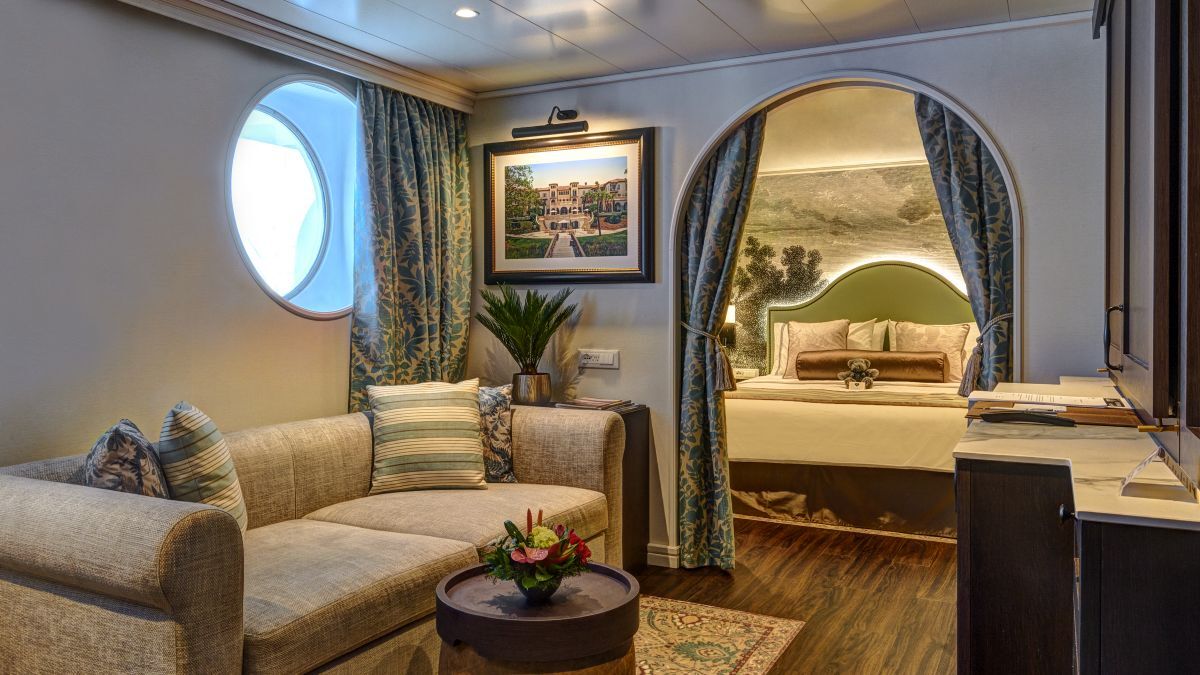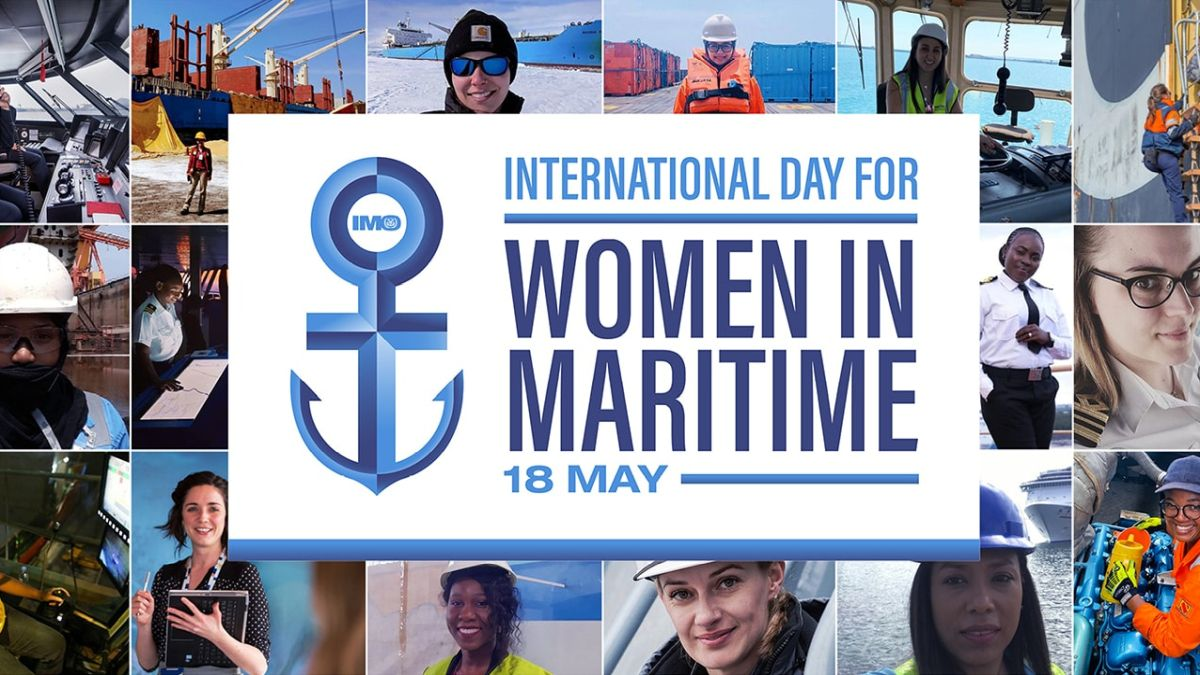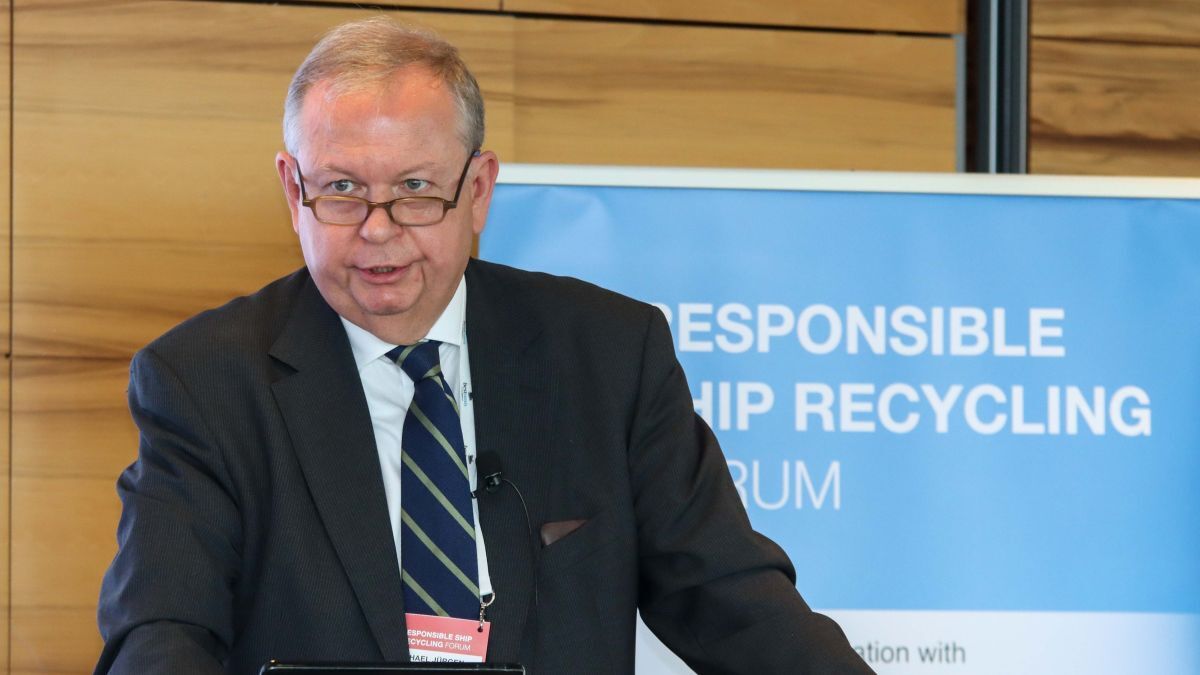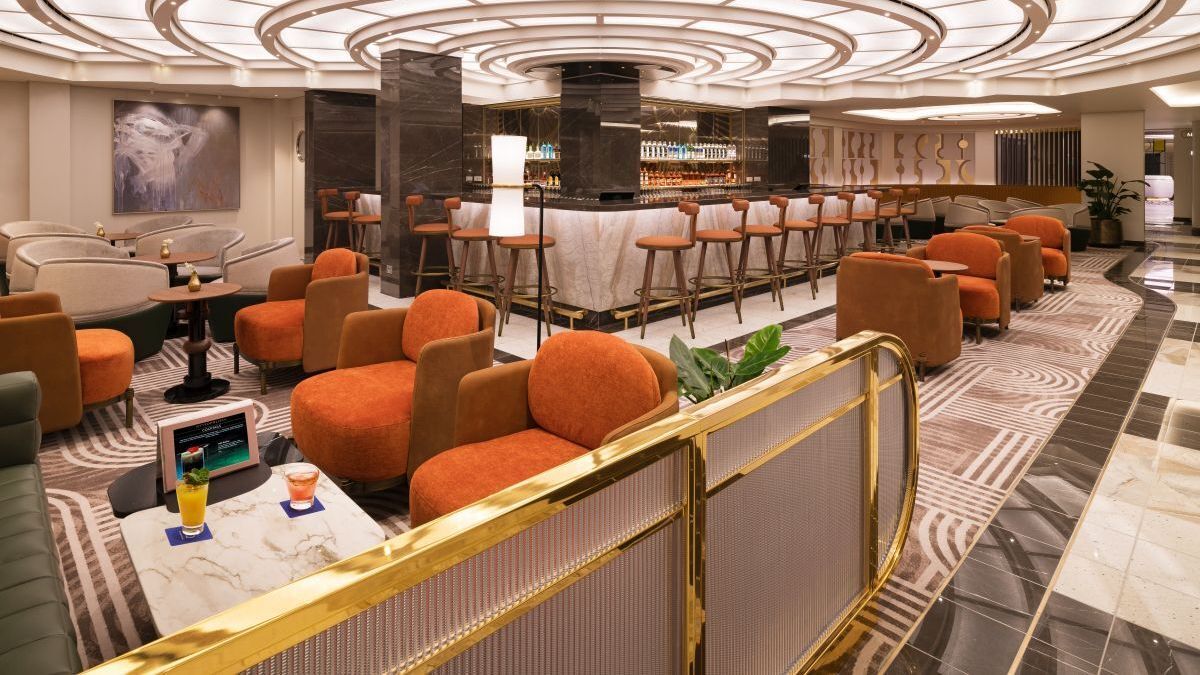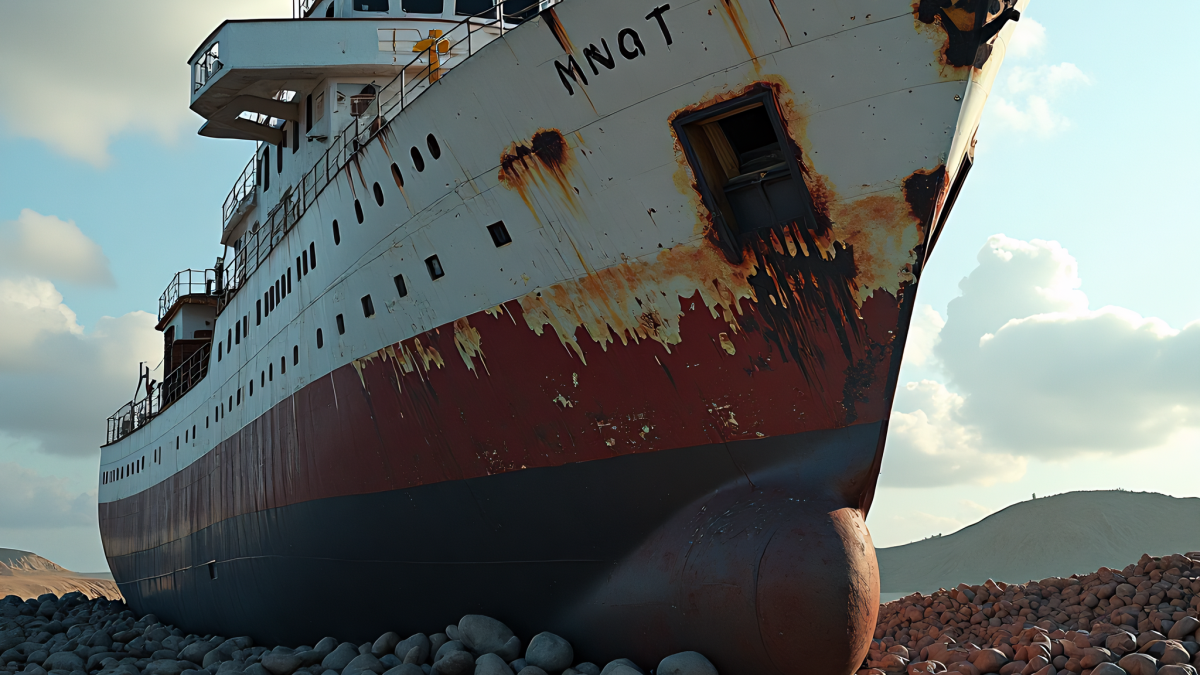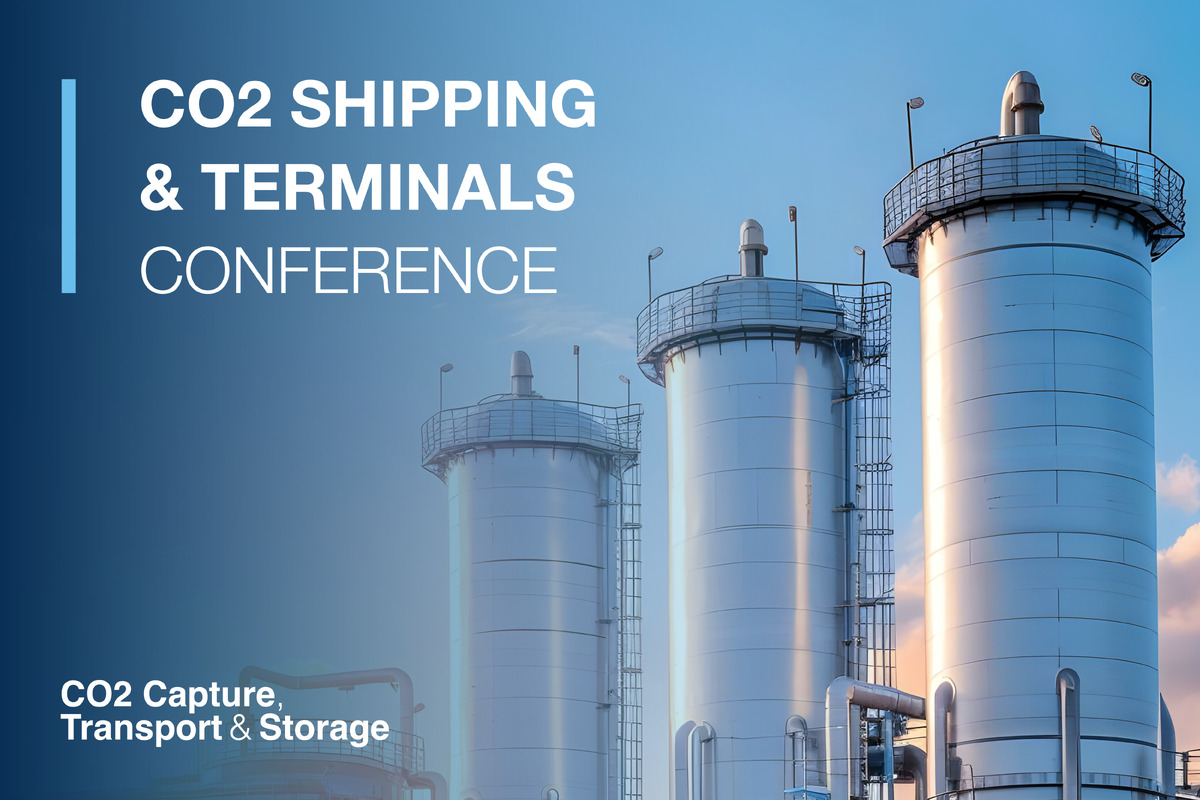Business Sectors
Contents

Damen unveils the design behind Canada’s first fully electric ferries
Damen scooped the contract to design Canada's first fully electic ferries. It reveals the technical specifications to Rebecca Moore
Damen Shipyards Group has announced the Government of Ontario has accepted its proposal to build two ferries with full electric propulsion.
Damen is building two road ferries – a 68 m model with capacity for 40 cars and a 98 m with capacity for 75 cars – to operate in the Canadian waters of the Great Lakes. The vessels will be the first fully electric, non-cable vessels in Canada. Both ferries have been designed to sail in 60 cm thick ice and to be fully operational at -25ºC in the harsh winter conditions of Canada.
As part of the tender process for the contract to build the ferries, Damen was required to identify future innovations and green technologies for sustainable power solutions. It is estimated that electrification of the two ice-class ferries – one servicing Kingston and Wolfe Island and the other Millhaven and Amherst Island – will reduce emissions by the equivalent of 7M kg CO2 per year.
Damen Shipyards Group product director ferries, Henk Grunstra told Passenger Ship Technology that generators will be used in case of heavy ice conditions over the route, while the onboard battery bank will be selected to achieve 10 years operation of approximately 160,000 cycles.
Explaining the decision behind the battery size, Mr Grunstra said calculating average energy consumption to use as a benchmark for battery size was a major consideration. Both ferries have very different operating conditions throughout the year. In winter, there is ice channel sailing and a high hotel load to deal with, and different wave, wind and loading conditions in each season. “We have carefully investigated each operation profile and calculated the energy use per crossing for these conditions. Both vessels have approximately 21 hours operation at 365 days. This means batteries should be sized for approximately 160,000 crossing (10 years).”
He explained that to maximise the efficiency of the electrical system and minimise power conversion, a DC grid has been selected for the main switchboard.
High-efficiency electrical components have been selected to minimise power loss during power transfer, while cruising speeds and hulls have been optimised to minimise energy consumption and maintain a longer duration of full electric operation. Both ferries are fitted with an auto-crossing system to optimise speed and energy use during crossings.
Robust and reliable
Meanwhile, “robustness is the number one priority for the design”.
Mr Grunstra explained “Since both vessels are lifelines for island communities, redundancy and reliability of the system was the number one priority.”
Therefore, the system has been designed with a very high level of redundancy to be able to maintain operation all year long. The redundancy has been increased with several independent battery packs connected to the DC grid.
Reliability was especially important due to the weather conditions. Mr Grunstra said that “harsh winter conditions are one of the biggest challenges”.
“Since reliability is the number one priority, to keep the charging station up and running is a must. We will use protected and heated charging plugs at shore and on board. Since the schedule of the ferry is fixed, we have very limited time to charge the batteries on board.”
With the high-power DC chargers that will be installed on shore, they will be able to charge back the energy used at each crossing.
To achieve full electric sailing, shore-based energy storage stations will be installed due to limited available grid power. These stations will also be able to maintain operation in case of loss of grid power on the mainland and island side.
Explaining further benefits of the electric propulsion design, Mr Grunstra said “Ferries can be operated with preselected operational modes. Our smart energy management system automatically starts and stops the diesel generators when it is needed. In addition, the system will be fine-tuned after the start of operation based on the actual energy consumption figures.”
Highlighting the electric mooring system, he said “Normally, double-ended ferries use aft thrusters to keep pushing the ferries to shore and to maintain position during loading and unloading. However, using the auto-mooring system, with holding power of 20 tonnes, allows the ferries to moor in a very short period of time and keep them in position during loading and unloading.” This also minimises energy consumption.
Batteries will be charged via the fast DC shore charger. Mr Grunstra added “Since the grid power is not enough to charge the batteries on board in 10 minutes, we will install shore battery storage to charge the batteries on board.” Shore batteries will be charged in 50 minutes via the grid and together with the grid power will charge the batteries on board in 10 minutes.
Damen has tailored the design to ensure the performance profile of the ferries is not affected by electrification. Their capacity to transport 300 passengers and 42 cars on the Amherst Island ferry, and 399 passengers and 75 cars on the Wolfe Island ferry at speeds up to 12 knots remains the same as with conventional propulsion.
Another goal was to maximise passenger experience on board. This will include comfortable passenger saloons and large passenger-accessible open deck areas, with wheelchair access to all passenger spaces.
Damen’s scope of work in the project includes installing an automated mooring system and a charging system via which the vessels will automatically connect to the shore power system to recharge the batteries.
Ontario minister of transportation, the Honourable Kathryn McGarry said “This is great news for residents and commuters in this region, knowing they will soon be able to ride a ferry that is completely powered by electricity. Investing in innovative green technology is helping Ontario become a leader in North America for sustainable transportation and our government is committed to improving service, while simultaneously reducing our carbon footprint.”
Damen's Mr Grunstra said “This is a perfect fit to our ongoing ambition to electrify public transport all over the globe.”
Related to this Story
Events
Reefer container market outlook: Trade disruption, demand shifts & the role of technology
Asia Maritime & Offshore Webinar Week 2025
Marine Lubricants Webinar Week 2025
CO2 Shipping & Terminals Conference 2025
© 2024 Riviera Maritime Media Ltd.


